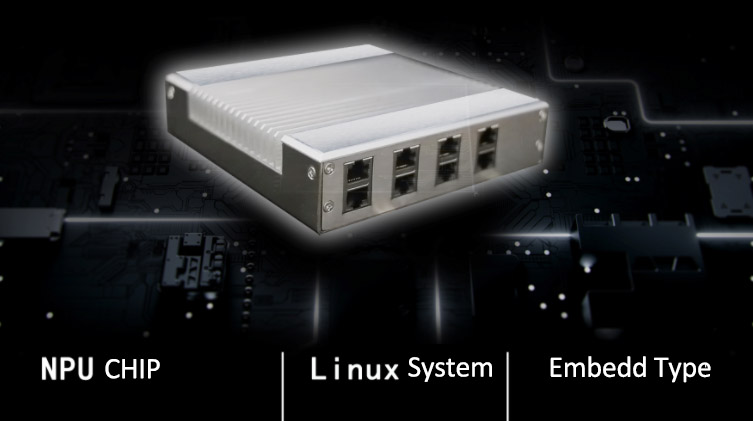Search
Computational Power Racing - Racing Out of Visual Inspection Acceleration Track
Mar 15, 2024If a large model is a car, computing power is the engine.
Bottle defect inspection has always been a "barrier" in the field of visual inspection, and a "level" that has not been overcome for a long time in the industry. In real-time detection scenarios, models need to make decisions and respond quickly, and have higher requirements for processing large-scale data and complex calculations.
Taking the landing of the "Maotai Project" as an example, during the implementation process of this project, a large amount of data is required, which needs to be processed and analyzed in a short period of time. Without sufficient computing power, it is impossible to process these data quickly, which affects the training effectiveness and response speed of the model. Traditional methods cannot meet the needs of fast processing in situations with large amounts of data. Therefore, more efficient AI algorithms and stronger computing power are needed to accelerate the data processing process.
Therefore, Keye has developed a visual inspection solution for Maotai liquor bottles, using nearly 50 cameras linked together and capturing over 400 images per second to detect defects in the bottle mouth, body, bottom, and inner sidewall.

In addition, the AI edge computing unit developed by KEYE has played a powerful role in this project. A device with nearly 50 cameras linked together provides 256T of computing power, ensuring the processing of over 400 images per second while also having redundant computing power, even during peak hours.
Implementing native acceleration for AI models
In addition to visual inspection in traditional industries, AI visual inspection projects in the industrial field are also gradually moving towards the trend of "large models with high computing power". During the process of product data collection, it is necessary to process and analyze it in a short period of time to extract the features and patterns required by the model. This leads to a large amount of data, and traditional systems cannot meet the needs of fast processing. In the face of dealing with a huge amount of data, KeyeTech adopts a distributed system, which uses the AI edge computing unit developed by itself under the Linux system as the node to provide node computing for the distributed system. Distributed systems have strong scalability in handling large models, providing unlimited computing power support for accelerating model generation.

In addition to accelerating the reasoning and training of AI deep learning, KEYETECH-AI edge computing unit is self-developed under the Linux system, enabling developers to freely migrate code between different hardware architectures, and can more easily use the AI acceleration capability built in the chip. The demand for computing power from AI visual inspection equipment by future enterprises will become increasingly high. Based on computing power, the era of perception, interconnection, and intelligence of all things is accelerating. In the face of such a trend, KEYETECH-AI Technology took the lead as the "leader" in the industry, actively developed KEYETECH-AI edge computing units, and implemented distributed systems, promoting the bottle appearance defects visual inspection industry to develop towards high-speed, efficient and stable.